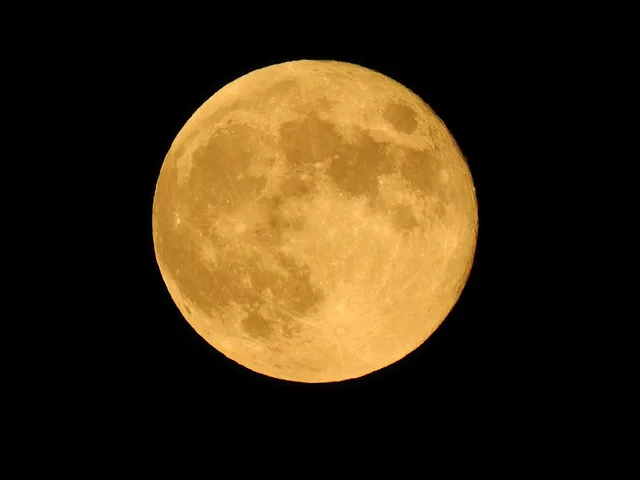
The last of four consecutive “supermoons,” Friday night’s “Beaver Moon” is going to be slightly closer and brighter than the first of the four, which was observed in mid-August.
According to NASA officials, it was the Maine Farmers’ Almanac that first Native American names for full Moons in the 1930s, and over time, these names have been widely adopted.
Also known as the “Frost” or “Frosty Moon,” or the “Snow Moon,” the “Beaver Moon” at one time signified for hunters to set beaver traps before the swamps froze, in order to guarantee a supply of warm, winter furs.
Another interpretation, researchers say, is that the name “Beaver Moon” came from how active the beavers are as they prepare for winter, while the designation of “Frost,” “Frosty,” or “Snow Moon” come from the frosts and early snows that begin now — especially in northeastern North America.
Friday’s moon is also celebrated by Hindus, Jains and Sikhs — all for different reasons — and its arrival opens special festivals in Thailand, Cambodia, Myanmar and Sri Lanka.
The moon will be visible by 5:29 PM, which is actually early Saturday morning in Kamchatka, Russia and Fiji eastward to the International Date Line.
A major star cluster, Pleaides, will also be near the full moon, and the Moon will appear full until early Sunday morning.
The next supermoon after that is nearly a year away and won’t happen until October 7, 2025.





